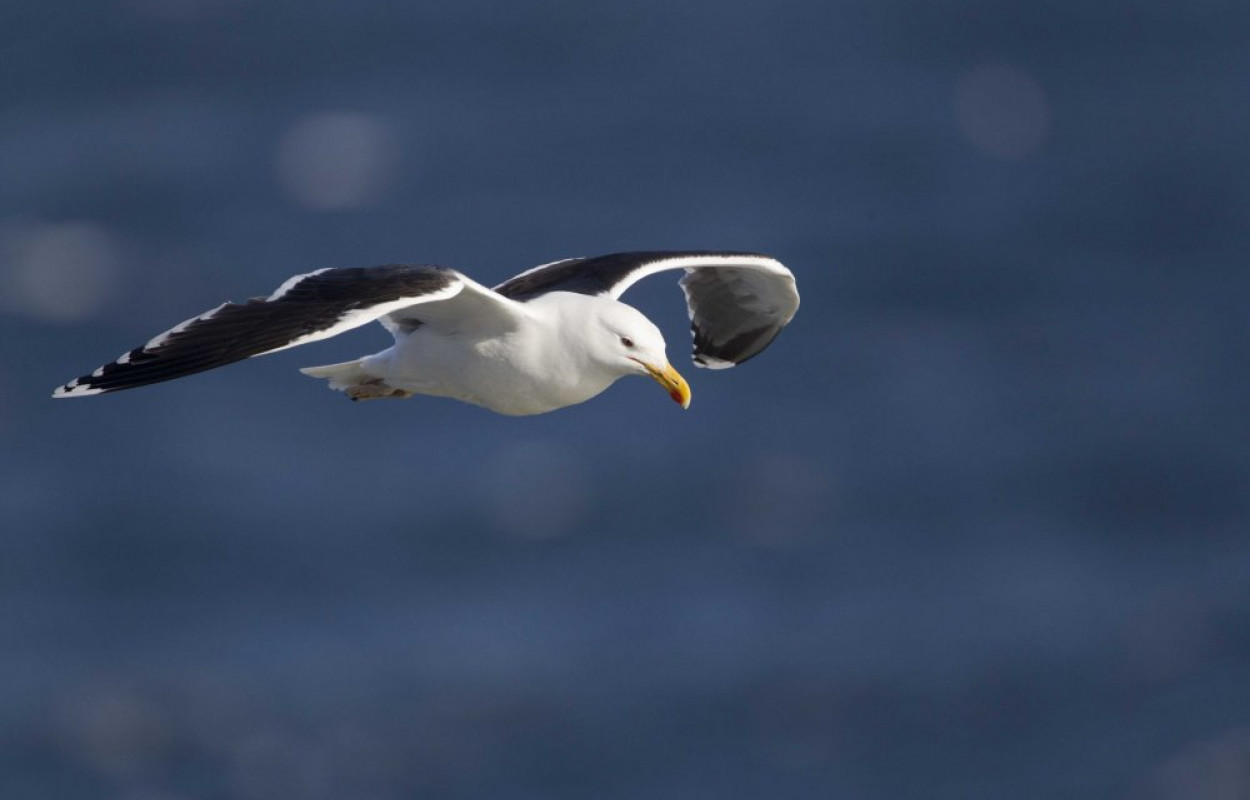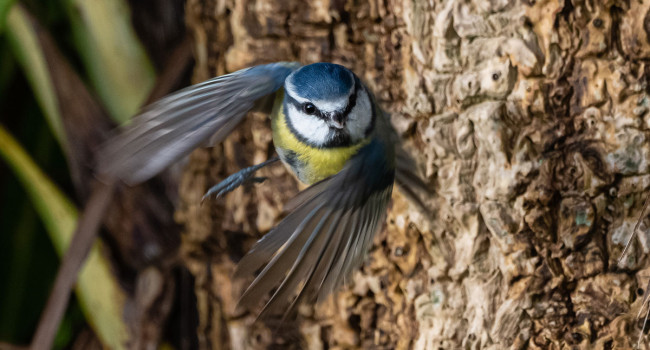The avoidance rates of collision between birds and offshore turbines

Author(s): Cook, A.S.C.P., Humphreys, E.M., Masden, E.A., Band, W. & Burton, N.H.K.
Published: January 2014 Issue No.: 656
Link to ReportAccurately estimating birds’ risk of collision with offshore wind turbines is a key part of the decision-making process for proposed renewable developments. However, the evidence base for quantifying the number of birds likely to avoid colliding with turbines is limited. Recent BTO-led work helping to fill this gap, improving the understanding of the impacts of offshore renewables on marine wildlife.
Collision risk models
Collision risk models are used prior to the construction of wind farms to predict the number of birds likely to collide with turbines. The industry standard is the “Band collision risk model”, developed for Scottish Natural Heritage for birds at onshore wind farms and recently updated to better reflect data collected offshore. This model combines the characteristics of a flying bird (size, shape, flight speed) with those of a turbine (size and rotation speed) to estimate the probability of a bird and a blade occupying the same space at the same time. To estimate collision risk, this probability is multiplied by the number of birds passing through the wind farm, at heights overlapping with the turbine blades, and the proportion likely to take action to avoid collision (known as the avoidance rate).
Collision estimates are highly sensitive to avoidance rates, but collecting the data necessary to estimate these rates is extremely challenging, leading to constant debate between stakeholders over what they are likely to be. With this in mind, this study reviewed avoidance behaviour in five seabird species considered to be at the highest risk of collision – Gannet, Kittiwake, Lesser Black-backed Gull, Herring Gull and Great Black-backed Gull.
Reviewing avoidance behaviour
A key difficulty is identifying and defining the spatial scales at which avoidance behaviour occurred. Birds may respond to a wind farm in its entirety, either avoiding it or being attracted to it (a macro-response). Alternatively, birds may respond to turbines, avoiding passing close to them within a wind farm (meso-avoidance) or passing close to turbines but taking last-second action to avoid colliding (micro-avoidance). Our review found that Gannets showed strong macro-avoidance of offshore wind farms, but the gulls showed no consistent evidence of attraction or avoidance at this scale. Despite several methodologies being trialled to collect data describing meso- and micro-responses, none had collected sufficient data to derive robust rates. Instead, the study estimated within-wind farm (meso + micro) avoidance rates for the gull species using data collected from coastal wind farms in the UK and northern Europe.
Conclusions
For the standard offshore Band collision risk model, this review recommended avoidance rates of 98.9% for gannet, 99.2% for Kittiwake and 99.5% for Lesser Black-backed Gull, Herring Gull and Great Black-backed Gull. Whilst high proportions of birds avoid turbines, collision may still be a significant risk at sites at which large numbers of birds travel regularly through the wind farm area.
Although there are still significant gaps in our knowledge of bird behaviour within offshore wind farms, this review represents a significant step forward in understanding avoidance behaviour in seabirds and has been welcomed by a range of stakeholders.
Notes
This work was a collaboration with the University of Highlands and Islands’ Environmental Research Institute. It was carried out on behalf of Marine Scotland Science and was overseen by a steering group including representatives of Scottish Natural Heritage, Natural England, Natural Resources Wales, the Joint Nature Conservation Committee, the Royal Society for the Protection of Birds, Natural Power and MacArthur Green. Bill Band also provided additional advice during the project.








Share this page